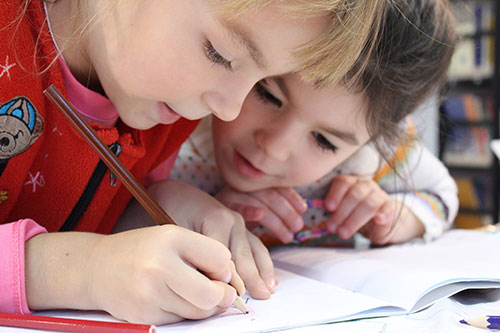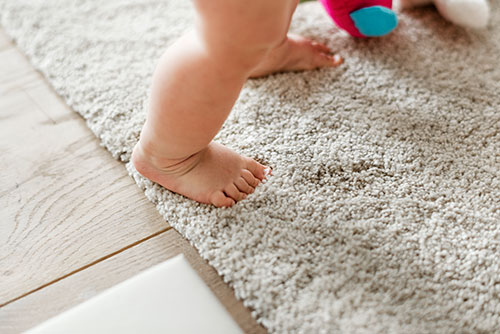Child Development
 Every child is different, and every child develops at his or her own rate. As a parent, knowing the basic areas of child development and key development timeframes can help you monitor your child's progress and watch for areas of concern.
Every child is different, and every child develops at his or her own rate. As a parent, knowing the basic areas of child development and key development timeframes can help you monitor your child's progress and watch for areas of concern.
Areas of Development
The primary areas of child development are:
- Physical
- Cognitive/Brain
- Speech/Language
- Social
- Emotional
- Identity
- Moral
- Sexual
- Spiritual
Important facts to keep in mind for each area include:
- Development in each area occurs within timeframes that are considered typical or normal. The timeframes may range from a few months to several months.
- Development in some areas (for example, physical and cognitive/brain development) isn't fully achieved until early adulthood. In other areas, development continues throughout a person's life.
- Development is an individual process. Rates of development vary (early, late), and not every child achieves the same level of development in each area.
- Multiple factors influence development. These include genetics, environment, experiences and mental health, and they can interact and have independent influences. For example, a boy with a genetic predisposition to reach puberty later will not develop earlier in this area because he lives in a healthy, loving and supportive environment. However, that same boy, living in an unhealthy environment where he is malnourished, may reach puberty even later.
- As a child develops, his or her learning history impacts development. An obvious example is a child who learns how to talk in the language that is spoken around him or her as a toddler. A less obvious, yet similar, example is a child who develops emotion regulation skills that he or she learns or sees being used as a child. Just as toddlers have the capacity to develop/learn language skills, they also have the capacity to develop/learn healthy emotion regulation skills.
Key Developmental Milestones and Timeframes
- SITTING WITHOUT SUPPORT: 7-9 months
- CRAWLING: 7-9 months
- WALKING: 10-18 months
- BABBLING: 4-6 months
- TALKING: Single words by 1 year; two- to three-word phrases by 2 years; 1,000-word vocabulary by 3 years
- PUBERTY: Girls, by seventh grade (age 12); Boys, by eighth grade (age 13)
- SOCIAL: Interactive play by 4 years.
- Middle school youth want to be the “same" as their peers; fitting in, looking, sounding and acting like peers is very important to them. By high school, a child's individual identity emerges. For tweens and teens, peers are becoming or are more important than parents/family.
 Monitoring and Correcting Delays
Monitoring and Correcting Delays
Delays in one area in early childhood can cause other challenges and problems in a child's development. For example, a child who is not developing speech/language skills is at high risk for developing behavior problems.
If your child is not hitting the early childhood milestones, reach out to your local school administrator and request an early childhood evaluation. School personnel are prepared and
eager to help at no cost to you. If your child is eligible for services and younger than 3 years, services are provided free of charge in your home. If your child is 3 or older, he or she can receive services in a preschool setting, with free transportation provided.
The best way to correct (remediate) early developmental delays is to catch them early and arrange for the child to receive necessary services.
Download Printable Version
Kid Tips;Child Development;Common Behavioral Concerns
